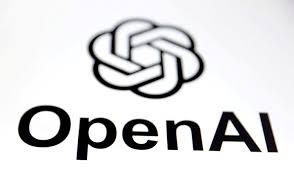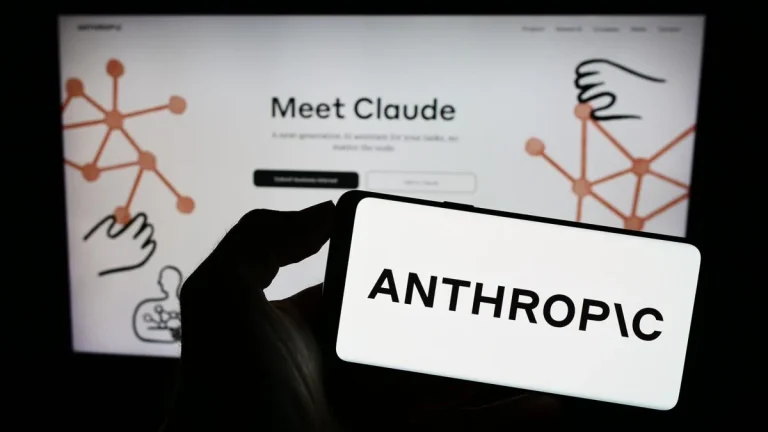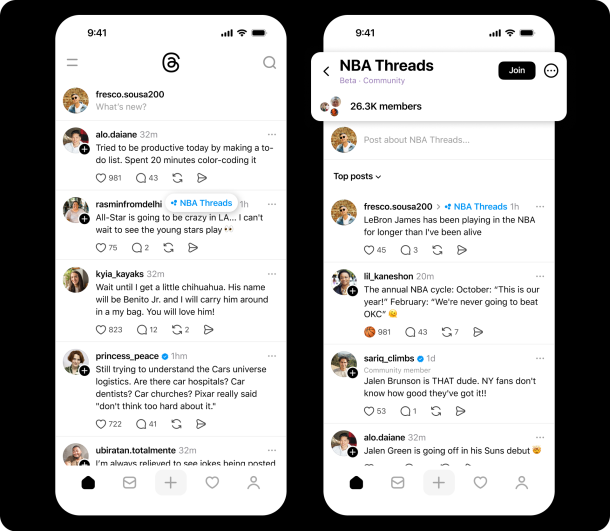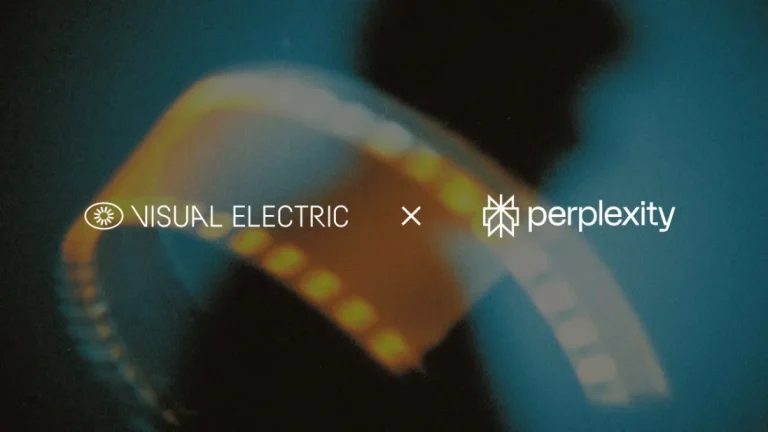
meta's glass
Mark Zuckerberg just made his boldest AI play yet—introducing Meta Superintelligence Labs (MSL), a new AI division that consolidates the company’s top research efforts and aims to build next-gen AI systems with superhuman reasoning capabilities.
Zuckerberg’s internal memo calls this the dawn of a new era, as Meta positions itself at the frontlines of the superintelligence race. And he’s putting serious muscle behind it.
Who’s leading the charge?
Former Scale AI CEO Alexandr Wang is now Meta’s Chief AI Officer, co-steering MSL alongside Nat Friedman, ex-GitHub CEO and longtime AI investor. Their mission: fuse frontier research with real-world deployment across Meta’s billions of users.
Meta’s hiring spree has also pulled top talent from OpenAI, DeepMind, Anthropic, and Perplexity. Many were reportedly swayed by eight-figure packages—highlighting just how fierce the AI talent war has become.
What’s in the lab?
MSL will integrate all of Meta’s AI efforts, including the FAIR research group, product teams, and a newly formed core lab focused on building the next wave of AI models. Its centerpiece? The open-source Llama models. Llama 4.1 and 4.2 are already on the horizon, with early research underway on models capable of reaching superintelligence in the near future.
Why does Meta think it can lead?
According to Zuckerberg, Meta’s global scale, compute infrastructure, and rapid deployment cycle give it an edge. That includes pushing AI into wearables like Ray-Ban smart glasses—a move no other lab is currently pulling off at scale.
Bottom line?
Meta is no longer just building chatbots. It’s now racing toward superintelligence—and it’s bringing in the firepower to get there fast.
Would you like this rewritten as a carousel post, video script, or Facebook caption with hashtags?






